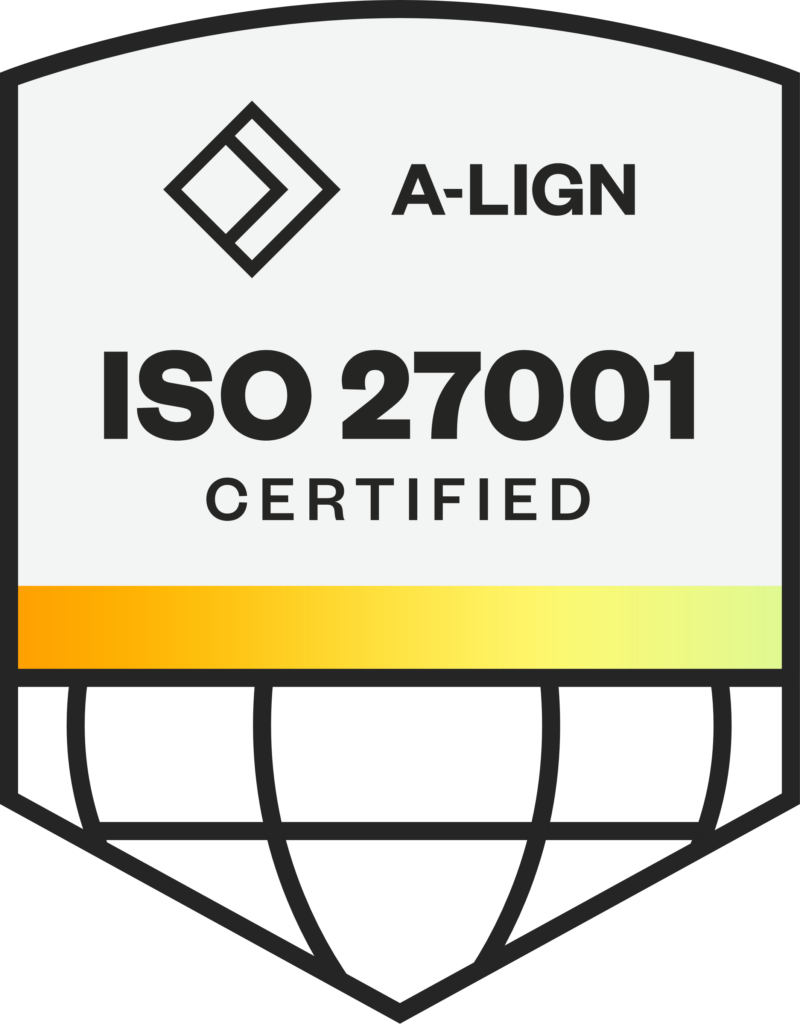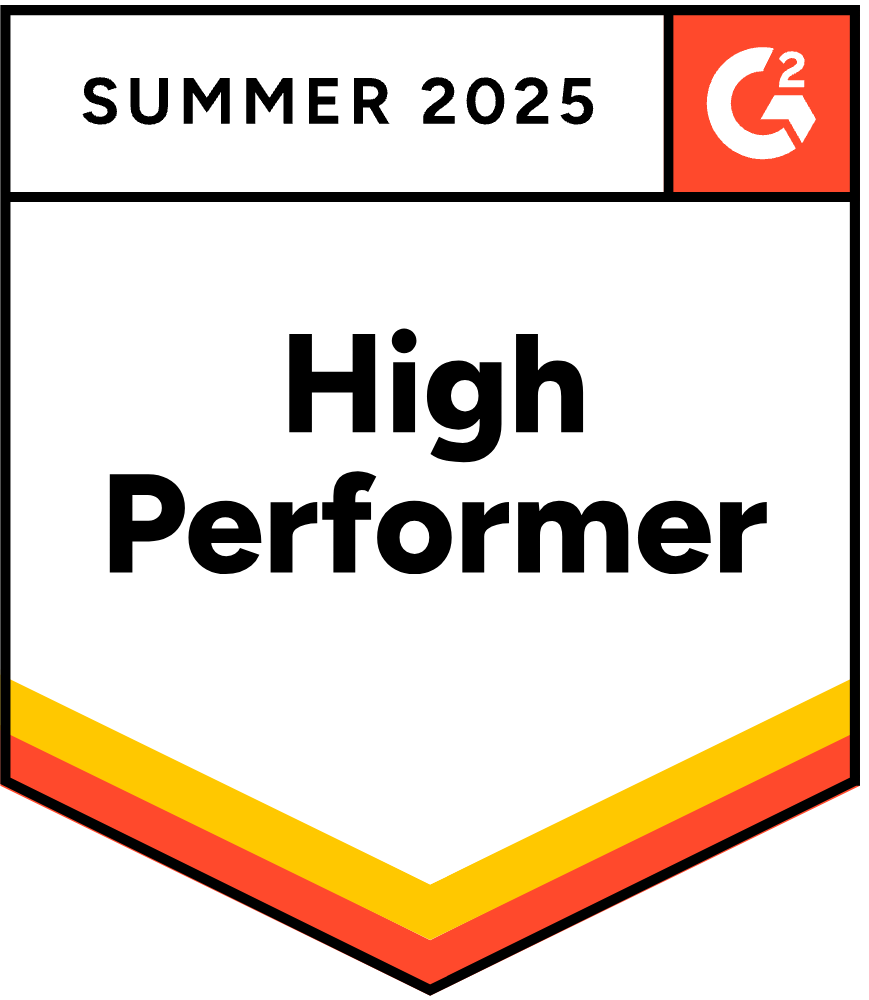“How can I manage my infrastructure?” We hear it all the time, from the C-Suite to business unit managers to the people that monitor systems. Servers, clouds, remote boxes, and mobile devices are complicated enough. Mix in a huge range of disparate legacy software and you’ve got a thorny problem.
Today, everywhere you read, AI is the solution to the problem. The reality is more nuanced. You don’t flip a switch to turn AI on in your organization. Leveraging the value of your data is not a binary decision. It is a process.
The Real-time Operational Intelligence Continuum is that journey. It employs data, reporting, analytics, and AI to improve business decision-making. It’s worth noting that there is significant ROI attached to each of the five stages of the process, so it pays for organizations to embark on the path. But it only works if you get Phase One right.

Phase 1: Alarm Monitoring
The first step to getting value out of your data is a normalization of all data types, so you have a “single pane of glass”: a cohesive, enterprise-wide view—in real-time. This is Alarm Monitoring, Phase One of the RtOI Continuum. Alarm Monitoring gathers all disparate, unstructured, siloed data—from every remote location—into one source of truth. This is the baseline—watching everything live, continuous, in real-time. And, even at this initial level, you start to see tangible ROI.
Phase 2: Analytics Management
Once data is normalized, you begin to leverage metrics across the enterprise. Phase Two incorporates the ability to develop an array of sophisticated analysis of trends, time-aligned and normalized for easy comparison. Organized reporting—via integrated charts, graphs, and other reports—delivers valuable insights across departments, regions, and history.
Phase 3: Consolidated Dashboards
To make this valuable data truly actionable requires a robust, on-demand personalized user interface that allows access to your analytics, including the ability to quickly drill deep into data, including individual edge devices. The analytics outputs are available 24/7 thanks to a suite of live dashboards that facilitate real-time troubleshooting and optimization.
Phase 4: Predictive Analytics
Once data is normalized, and reports are available, you are able to introduce Phase Four: complex mathematical transformations of all your data—no matter what the source. While advanced analytics rely on Subject Matter Experts to identify and enter initial data, in AI, software defines the inputs and relationships.
Now you can predict how things will behave, you can detect anomalies and predict failures for proactive responses. This is where even more ROI kicks in.
Phase 5: AI/Machine Learning:
At the final stage, you have the ability to introduce algorithms that self-train and self-improve based on learning sets. With AI, this is advanced to autonomous control. There is huge promise here, but it’s critical to do the basic blocking and tackling of Phases 1-4. You have to start with a cohesive data set.
The biggest challenges transforming companies face as they work through the RtOI Continuum are multiple legacy systems operating across the enterprise. This is the Modius advantage. Our software works off of a configuration model; we can ingest data from any piece of equipment. And every make and model, any version of firmware, all permutations at that physical layer — it all either stays disparate to your database or you do what we do: structure the data, then send it to the server.
Moving compression and analysis to the edge means you only send relevant and sanitized data, reducing bandwidth issues. So companies with multiple geographically distributed locations see vast improvements in speed. And with our best-in-breed integration, they gain a single view from all locations. In addition, the Modius model of collecting at the edge means mediation goes to the central server, ensuring a cyber secure format. Companies can still employ their legacy systems, but now they are secure. Oh, and since devices can be instantiated using simple configuration or prefabricated templates, Modius is typically 33-50% less than other providers.
It’s important to have an agile analytics platform for your infrastructure, whether you’re using it to manage real-time event data across remote locations, or creating comprehensive trend analysis and operational improvement, or even developing complex AI transformation of data, having a scalable, end-to-end solution is step one.





